Happy Sunday, friends. Thanks for all of your enthusiasm for Jackie’s book!
Another quiet and slow weekend here, punctuated by some housekeeping and some time catching up with friends. It has been, by and large, a solitary summer, and this is intentional. For me, self-study and growth have always seemed to necessitate quite a lot of solitude–more, even, than my introverted nature usually demands.
But with an introverted temperament always comes the danger of isolation or of hiding away, and I’m aware of this, even as I try to respect and maintain my boundaries. I caught up with two dear and close friends this week, and I was reminded in those moments of how profoundly human connection can serve as a form of nourishment.
I find it easy to nourish myself with food, yoga, solitude, and writing; it’s a lot harder for me to be “fed” by human engagement and interaction with the outside world. Yet I crave connection like everyone else, and like most people, I thrive off of listening and being heard. The past few days have been a great reminder of that.
Steven and I are getting ready to take a tiny trip together–a two night getaway in a summer that otherwise kept us close to home, immersed as we were in work and study. It will be quick, but I think it will be great. As I throw some things in my overnight bag and clear out the fridge, here are some of the recipes and articles that have been on my mind.
Recipes
First up, breakfast. I love Jodi’s simple recipe for almond, cardamom, and vanilla French toast–a perfect weekend breakfast for summertime. But I’m even more taken in by her thoughts on baking (in this case, her budding experience with making sourdough) as a practice of patience and persistence and openness to the unknown, as well as her affirmation of food as a form of connection. Lovely.
Greek girl that I am, I can’t resist a vegan spin on tzatziki, and Brianne’s cashew based version is the latest to catch my eye! She uses it in a vibrant, colorful collard wrap that’s stuffed with olives, tomatoes, and quinoa. This is a light, yet flavorful summer lunch dish that I can’t wait to try.
It’s funny how the simplest foods are often the most appealing. This lentil salad, which I found on the Eat Grain site, couldn’t be more straightforward, and yet of all the recipes I pinned this week I may be most excited about it. Lentils, fresh summer tomatoes, fresh herbs, and a zesty, Greek-inspired vinaigrette–sounds pretty perfect to me.
Also in the realm of simple and summery is Alexandra’s bulgar and lentils with lemon tahini drizzle. It’s a fast, nutritious meal that’s brightened by a creamy ribbon of tahini. I’m no stranger to tahini drizzles–I love using them to brighten up simple grain+green dishes–and I’m sure that the toasted almonds in this recipe also help to liven up the bowl.
Craving comfort food? Then Sophie’s Cajun chickpea cauliflower burger is calling your name. I always have a tough time creating a really stellar veggie burger; texture seems to be a challenge for me, and I often feel as though the amount of effort that goes into the dish isn’t matched by the results. Lately I’m allowing myself to take my burger inspiration from others! This hearty, homestyle patty is definitely the next I’ll try.
Reads
1. This week, The Washington Post offered some promising coverage of the medical community’s efforts to meaningfully incorporate nutrition–and really, preventive care in general–into its work. The article touches on enhanced nutrition education for doctors (such as Tulane’s groundbreaking Goldring Center for Culinary Medicine) and a greater push for dietitians to work with physicians as part of an individualized care team for patients. As the title of the article suggest, some physicians are even “prescribing” farm-fresh fruits and vegetables as part of their patients’ regimens.
I love hearing this. There’s a preconception–which I know is based in patients’ experiences with their doctors–that most physicians are indifferent to the role that nutrition plays in health and wellness. But I believe that this is quickly changing. When I was pre-med, it was clear to me that my fellow hopeful med students and future physicians were hungry for a good understanding of nutrition. And I don’t only mean that they wanted to understand nutritional biochemistry, the ins and outs of the Kreb’s cycle. It also seemed to me that they truly wanted to understand food–everything from the politics of our country’s food system to the art of cooking. With any luck, growing awareness will create more resources and educational offerings for them, and for their patients.
2. Also on the topic of medicine, a sobering reflection on medical debt from writer Emily Maloney. Maloney examines debt both systemically, reporting on how many hospitals are in debt and therefore forced to carefully consider even the most routine parts of patient care (fresh scrubs, anesthesia), and also personally, as a young woman who herself was saddled with medical debt after a suicide attempt at age 19. The article is probing and well-written.
3. I was so impressed by Sophie McBain’s article in the New Statesman about human memory and its threats in the digital age. I’m always a little wary when an article seems to be bemoaning technology in some way, partly because I think the fears often don’t become fully realized and partly because I see so much good in the ways that technology can connect us to each other and to information.
Yet I understand that technology presents us with challenges, too, some of them profound. And McBain makes a very compelling case for technology’s interference with the process of memory building and retention. On the one hand, it’s possible for us to confuse information we’ve accessed online with information we’ve actually worked to retain and store:
…[W]hen we know that a computer can remember something for us we are less likely to remember it ourselves. For a study published by the journal Science in 1991, people were asked to type some trivia facts into a computer. Those who believed the facts would be saved at the end of the experiment remembered less than those who thought they would be deleted – even when they were explicitly asked to memorise them. In an era when technology is doing ever more remembering, it is unsurprising that we are more inclined to forget.
On the other hand, the internet can store and freeze the raw stuff of memories (images, emails, and other forms of “documentation”) in a way that interferes with our capacity to consciously craft our memories of significant events:
We are recording more about ourselves and our experiences than ever before, and though in the past this required deliberate effort, such as sitting down to write a diary, or filing away a letter, or posing for a portrait, today this process can be effortless, even unintentional. Never before have people had access to such comprehensive and accurate personal histories – and so little power to rewrite them…
…My digital archives will offer a very different narrative from the half-truths and lies I tell myself, but I am more at home with my fictions. The “me” at the centre of my own memories is constantly evolving, but my digital identity is frozen in time. I feel a different person now; my computer suggests otherwise. Practically, this can pose problems (many of us are in possession of teenage social media posts we hope will never be made public) and psychologically it matters, too. To a greater or lesser extent, we all want to shed our former selves – but digital memories keep us firmly connected to our past. Forgetting and misremembering is a source of freedom: the freedom to reinvent oneself, to move on, to rewrite our stories. It means that old wounds need not hurt for ever, that love can be allowed to fade, that people can change.
It’s an intelligent, thoughtful intelligent essay on a very complicated topic, and it challenges the influence of technology on memory without taking a reactionary stance.
4. We all know that nutrition research is notoriously conflicting and confusing. This week, Gina Kolata takes a look at why that is, and she offers up information on how researchers are working to make their findings less confounding.
5. Finally, I loved this story of one baker’s journey from incarceration and addiction to sobriety and a sense of profound professional purpose–dharma, if you will. It is the story, retold by Simran Sethi, of John, a Denver-based baker who found himself struggling with alcoholism and ended up in a county jail for ninety days following a DUI.
John’s experience after his detention was hardly linear–indeed, it involved fits and starts and lots of temptation to revert to old patterns, especially since the food industry is notorious for enabling substance abuse. Today, though, John has found himself at the helm of his own bakery, and he gives a moving account of how each choice he makes as a business owner is at least partially animated by a desire to give back:
Now I try, through my bakery, to create an environment that is an alternative to the ones I’ve worked in. I’m sober and I’m free. Having a bakery forces me to rely on others and ask for help, to be vulnerable. I want to create a safe, non-abusive workplace with good wages where people stay connected to who they are. I want to cultivate a community of bread and pastry people. I want to bring people in, let them use portions of the bakery, and help them manifest their visions while also working toward a common goal.
I want to prove there can be a different way to be in this industry. That’s the vision of this bakery. But what does that look like? How do you foster others’ dreams and build community and keep the lights on? I’m still figuring that out. We still have to make hamburger buns; we have to play the game to survive. But each time we get ahead, with a bit more money, we go for the local honey or the better sugar. And we all got Mother’s Day off.
I was struck by John’s closing statement:
They say that when you get off alcohol, you only have to change one thing: everything. The only things I brought with me into this new life were the pies. They were the starting-over point and the beginning of where I am today. For me, being sober is less about not drinking and more about being a productive member of society. Ingredient by ingredient, day by day.
Putting aside the noble urge to do good, I like the way John frames the process of personal growth and healing: “ingredient by ingredient, day by day.” I think that anyone who has found some sort of redemption through the making of food–whatever his or her struggles have been–can relate to that simple idea.
Ingredient by ingredient, day by day. What more can we do?
I wish you a wonderful rest of the weekend.
xo
You might also like
I’m sure I say this every single year, but I’m amazed that this one is about to be over. 2019 flew by. Technically speaking, a lot happened this year. I finished ten years of grad school, wrapped up my internship, and became a dietitian, all of which are important milestones that I worked hard for. In many ways, though, not a lot seems to have happened this year. I had the idea that passing the RD exam in September and being free of…
A week-long head cold wasn’t how I planned to begin 2019, but the nice thing about having some time off from the DI is that I’ve been able to absolutely nothing in the last few days, aside from drinking tea, answering emails from my phone, and catching up on television. In the past, I’ve been great at talking about the importance of rest and slowing down, very bad at actually doing those things without an overlay of guilt or nervousness about what isn’t…
I’ve been reading a lot about authenticity lately. I guess this is self-selecting, as it’s a topic that interests me and tends to permeate the spaces I spend time in (yoga studios, blogs that focus on health and self-care, therapy). But authenticity seems to be having something of a moment, too—or so book titles and articles would suggest. For the holidays, my mom gifted me with a copy of Baron Baptiste’s new book, Perfectly Imperfect. I was touched that she thought of it,…
Happy Sunday, all. This week seems to have flown by, but I did manage to catch a couple of show-stopping recipe links and interesting reads along the way. I hope you’ll enjoy them as much as I have. Let’s start with a flash of color! These mashed purple yams with sesame brown butter from The Endless Meal couldn’t possibly be prettier–or more appetizing. (Follow Kristen’s instructions to veganize the recipe.) I can’t wait to try them as a dinner side. Katie of Produce…


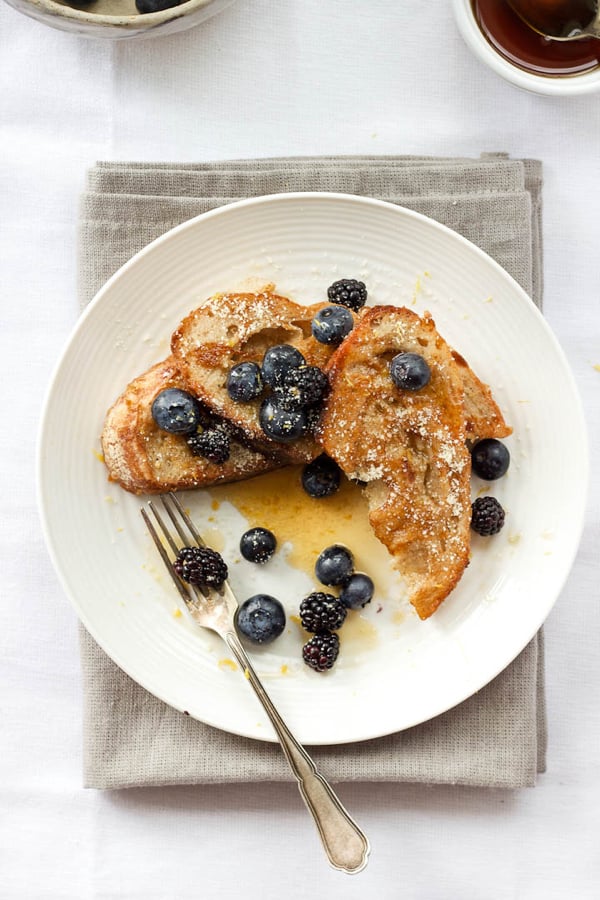
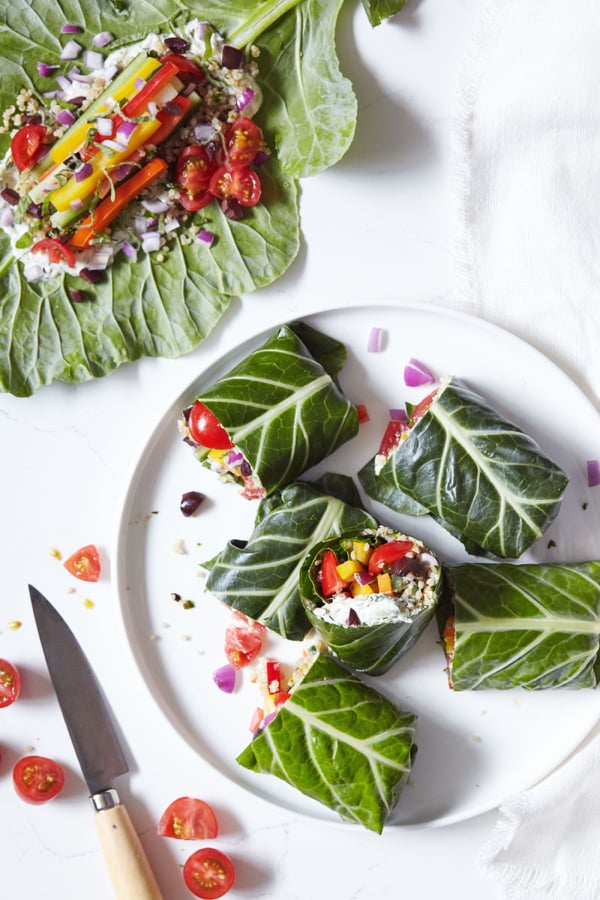
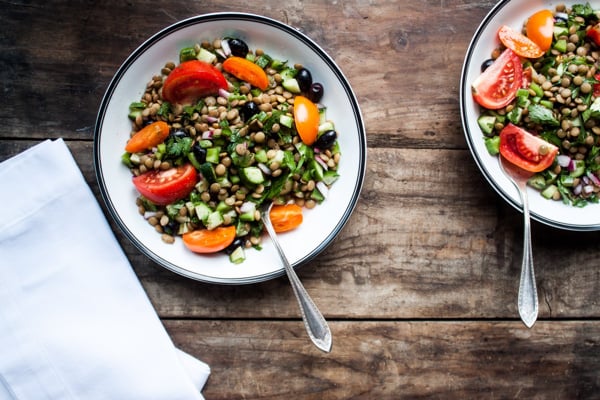
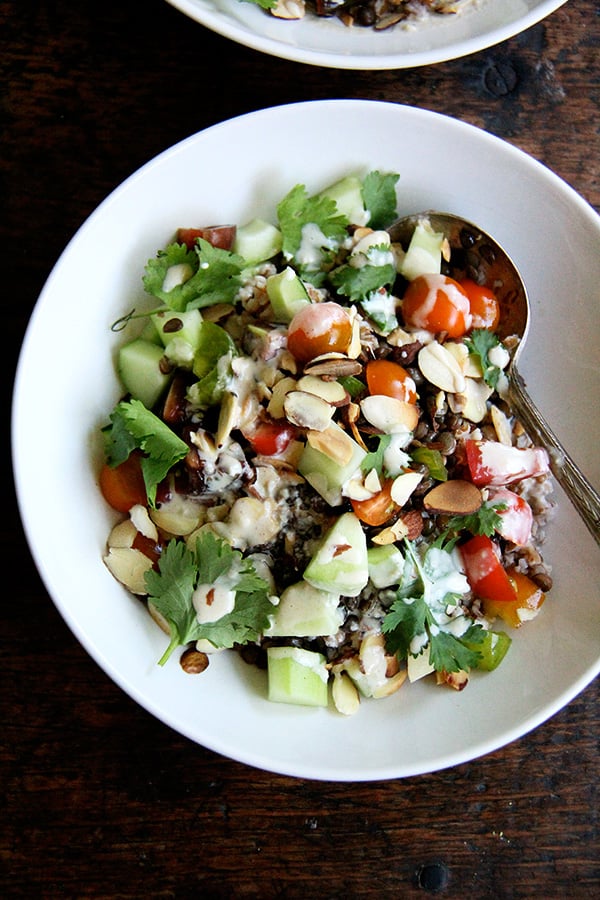
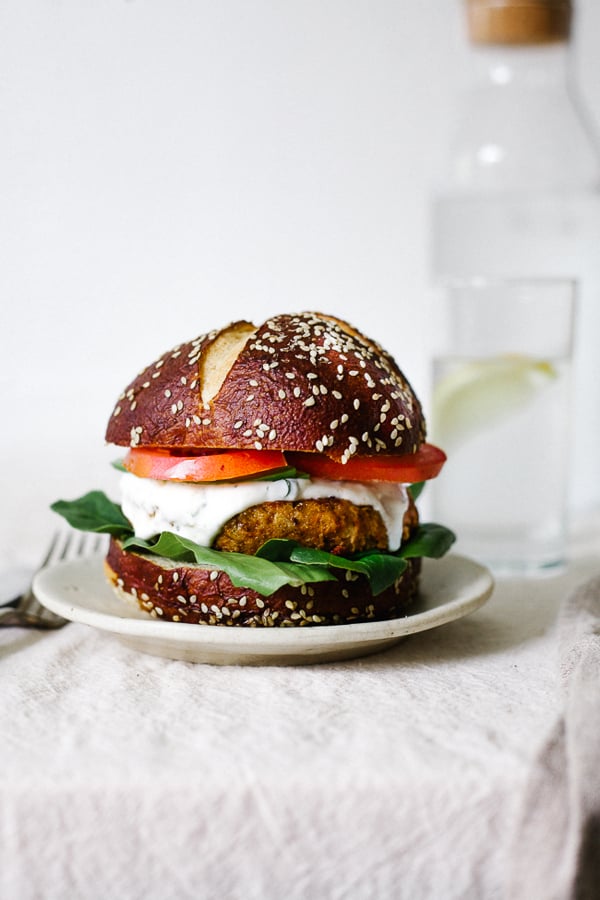
Leave a Comment
Gena, what you said about being fed by yoga and writing and solitude really resonated with me. I often find that the only way I can really re-energize is when I spend time alone. I also love connecting and often find inpsiration most when meeting others, but I need that time with myself to be balanced. Thank you for your kind words and linking my french toast. A little moment of connection here and sending good vibes to you. x
As always, Gena, I always learn so much from these posts and discover new sources of inspiration — I don’t know how you do it all! The story about John is so moving. It’s hard not to read “Ingredient by ingredient, day by day,” without getting a little choked up. Thanks for sharing.
HI Gena–I’ve barely gotten as far as the first recipe–but oh my goodness how I loved that post–everything about it–that the pictures of the french toast were as beautiful as the pictures of the berries on the canes, and especially the short meditation on bread making–I can so relate to that! I also REALLY loved the vegan recipe-I used to make french toast back in the day with eggs and milk–in fact my son told me when he was six that it was the sole reason he wasn’t riding his bike back to California after we moved to Idaho–but since then I haven’t found a vegan version that I really like. This one makes sense to me and sounds very promising. Thank you!! Beautiful blog, too. And I’m looking forward to reading hte last piece on the baker. . .xoxo